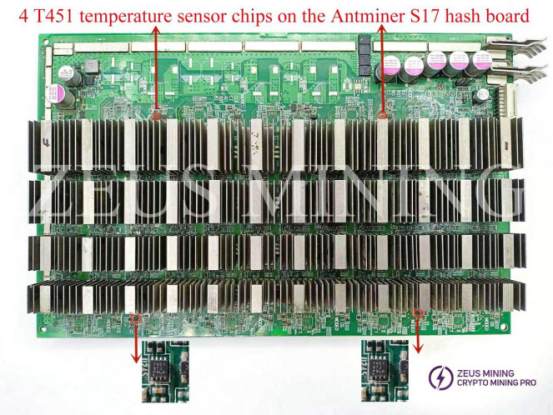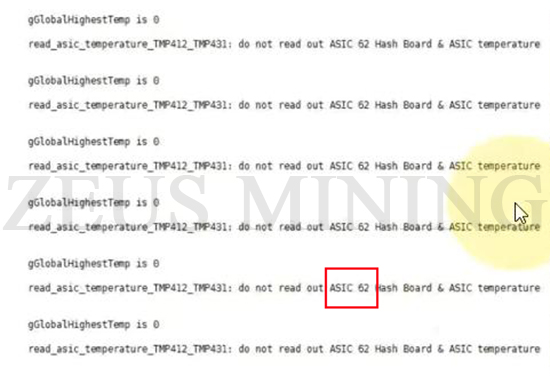ASIC Miner ICERIVER KAS KS0 Profitability In the realm of cryptocurrency mining, the Iceriver KAS KS0 miner has garnered widespread attention. Tailored specifically for the Kaspa network's KHeavyHash algorithm, it boasts high hashing power and low power consumption, making it an ideal choice for many miners. In this article, we will comprehensively assess IceRiver KS0 profitability while considering the Kaspa market conditions and the attributes of KS0 miner. Kaspa Market Dynamics Kaspa is a vibrant cryptocurrency network aimed at delivering high performance and scalability for everyday transactions. At the time of writing this article, the Kaspa coin trades at approximately $0.04959. But it's essential to note that cryptocurrency markets are highly susceptible to price volatility. Hence, investors must remain vigilant about market dynamics. Additionally, the Kaspa network's mining difficulty and reward mechanisms play a role in mining returns. Attributes of the IceRiver KS...
How to troubleshoot the hash board not starting?
There are many reasons for the hash board not to start, among which the failure of the temperature sensor chip is one of the reasons for the hash board not to start.
The temperature sensor chip is mainly used to sense the temperature of the hash board and its surroundings. Therefore, if it is damaged, it will cause abnormal temperature readings: the hash board will not start when the temperature is too low (the backstage log shows that the temperature sensor reading failed), or the hash board will stop running when the temperature is too high. If the temperature sensor chip fails, it can cause frequency, temperature, and hash rate failures and ultimately render the miner inoperable. Among them, the T451 temperature sensor chip is mainly used to replace the temperature sensor chip of the Antminer T17 / S17 / T9 hash board.
Troubleshooting methods:
1. The temperature sensor problem is caused by virtual welding in most cases. Therefore, it is necessary to measure the voltage and resistance of the chip. It is recommended that you find an identical or good hash board for data comparison.
2. If the temperature sensor chip is normal, it means that the chip, which the temperature sensor circuit will pass through, maybe abnormal (the test result of the test fixture will report the number of that chip, such as the ASIC chip No. 62 shown in the figure).
Test method: use the DC gear and diode gear of the fluke 15b+ multimeter, connect the red test lead to the corresponding heat sink and test with the black test lead. By comparing the measured chip data with the standard chip data, if any abnormality is found, it is recommended to replace it directly.


Comments
Post a Comment
Tell us your opinion